Carpenter Ant Bait | Effective Carpenter Ant Bait Solutions for Homes
Carpenter ants can be a nuisance and a threat to the structural integrity of homes. These pests can burrow into wood, causing damage and compromising the safety of your property. It is crucial to find effective carpenter ant bait solutions to control these pests and protect your home.

There are various types of carpenter ant baits available in the market. One popular option is using baits that contain boric acid, a stomach poison for the ants. These baits can be applied as dry powders or in the form of a liquid bait solution with a food attractant.
While over-the-counter products might provide some control, it is advisable to seek the advice of a pest control professional, especially for severe infestations. They have the knowledge and expertise to address the issue effectively and provide targeted solutions.
Key Takeaways:
- Carpenter ants can cause structural damage to homes.
- Baits containing boric acid are effective in controlling carpenter ants.
- Consult a pest control professional for severe infestations.
- Ensure proper identification of carpenter ants to choose the right treatment.
- Regular inspections and maintenance help prevent carpenter ant infestations.
Understanding Carpenter Ant Infestation
Carpenter ants are an infamous household pest known for their ability to burrow into wood, causing potential structural damage. Identifying a carpenter ant infestation is crucial in order to take effective action against these destructive pests.
One of the key ways to identify a carpenter ant infestation is by looking for specific signs. These signs include the presence of frass, which is a sawdust-like material made up of wood shavings and insect debris. Discarded wings, rustling sounds within walls, and the sighting of live ants are also indicators of an infestation.
Carpenter ants can vary in color, with some being black, brown, or red. They are typically larger in size compared to other ant species. These ants create their nests in moist or decaying wood, and can be found both indoors and outdoors.
While carpenter ants do not consume wood like termites, they can still cause significant damage to structures. Their burrowing activity weakens the integrity of the wood, which can lead to structural issues if left unaddressed.
To further understand carpenter ant infestations, it is important to know that they are not known for biting humans. However, they are capable of delivering bites if they feel threatened or provoked. The bites may cause mild pain, similar to a minor sting from other insect bites.
Identifying and addressing carpenter ant nests is crucial in order to prevent further damage to the structure of a home. Taking swift action to eliminate these pests and implementing preventive measures can help protect your property.
Overall, it is essential to recognize and understand the signs of a carpenter ant infestation in order to effectively address and eliminate these pests from your home.
DIY Carpenter Ant Bait Treatment
For homeowners looking to control carpenter ant infestations, DIY carpenter ant bait treatments can be an effective solution. One option to consider is using a bait that contains orthoboric acid. Unlike borax, orthoboric acid is a more potent pesticide that can help eliminate these pests more efficiently.
To apply the DIY bait, strategically place it in areas where carpenter ants are active. Focus on locations such as near window frames, door frames, or under sinks, as these are common entry points for ants. By targeting these areas, you increase the chances of attracting and eliminating the carpenter ant population.
Alternatively, for homeowners seeking natural remedies, diatomaceous earth can be an excellent option. This non-toxic substance acts as a desiccant and effectively dries out the ants, eliminating them over time. It is important to note that diatomaceous earth should be used cautiously, as it can irritate the respiratory system when inhaled, so always wear a mask when applying it.

While DIY carpenter ant bait treatments can be a cost-effective and convenient choice, it is important to understand that professional-grade pesticides labeled for carpenter ants are generally more effective in controlling infestations. Consulting with a pest control professional can ensure optimal results, especially for severe infestations or extensive property damage.
Professional Carpenter Ant Bait Solutions
When facing extensive carpenter ant infestations or significant property damage, it is highly recommended to enlist the help of professional carpenter ant bait solutions. Pest control professionals have access to specialized products such as carpenter ant bait gel and carpenter ant bait stations specifically designed to eliminate carpenter ant colonies effectively.
These professional-grade baits are formulated to attract and kill carpenter ants efficiently. They can be directly applied to infested areas or incorporated into a comprehensive treatment plan to target the entire colony.
By utilizing professional carpenter ant bait treatment, you can significantly enhance the effectiveness of your ant control efforts, ensuring a thorough and long-lasting solution to your carpenter ant problem.
Preventing Carpenter Ant Infestations
Taking preventive measures is crucial to avoid carpenter ant infestations. By following these carpenter ant prevention tips, homeowners can protect their homes from these destructive pests:
- Trim vegetation: Trim trees, shrubs, and other vegetation away from your property, ensuring there is a gap between plantings and the structure. This reduces the likelihood of carpenter ants using branches or leaves as bridges to enter your home.
- Remove wood debris: Clear your yard of wood debris such as logs, stumps, and piles of firewood. These provide ideal nesting sites for carpenter ants, attracting them to your property.
- Apply wood protectant: Consider using a wood protectant like Bora-Care to safeguard any exposed wood surfaces. Applying this product creates a protective barrier that deters carpenter ants from infesting the wood and helps prevent future infestations.
- Regular inspections: Conduct regular inspections of your property, both indoors and outdoors, to detect early signs of carpenter ant activity. Look for sawdust-like frass, discarded wings, or rustling sounds within walls, as these may indicate a carpenter ant infestation.
- Maintain your home: Perform routine maintenance to address any moisture issues or structural damage that could attract carpenter ants. Repair leaks, seal cracks and gaps, and ensure proper ventilation to reduce moisture levels, as carpenter ants are drawn to damp and decaying wood.
- Create a barrier: Apply insecticides around the perimeter of your home to create a barrier that discourages carpenter ants from entering. Follow the manufacturer's instructions and use insecticides labeled for carpenter ants to ensure effectiveness.
By implementing these preventive measures, you can significantly reduce the risk of carpenter ant infestations and protect your home from potential damage.

Identifying Carpenter Ants vs. Termites
Proper identification is essential for distinguishing between carpenter ants and termites. Understanding the differences between these two pests is crucial in choosing the appropriate treatment method.
Carpenter ants can be identified by their three body segments, including a distinct thin waist. They have segmented antennae that curve, giving them a unique appearance. These ants come in various colors, such as black, brown, and red.
In contrast, termites have two body segments and lack a distinct waist. Their abdomen is thick, without the hourglass shape of the carpenter ant. Termites also have straight antennae instead of the curved ones found on ants. Additionally, termites have four wings of equal size, while carpenter ants have four wings with shorter hind wings. These distinguishing characteristics help differentiate between the two pests.
Accurately identifying whether you have a carpenter ant infestation or a termite infestation is essential for implementing the right control measures. It is recommended to seek professional assistance when in doubt, as pest control experts can accurately identify the pests and provide the most effective treatment options.
Conclusion
Protecting your home from carpenter ants is essential in order to prevent infestations and potential structural damage. Utilizing effective carpenter ant bait solutions is the key to conquering and controlling these pests.
For homeowners dealing with minor infestations, DIY methods can be a cost-effective option. Natural carpenter ant baits such as bait containing orthoboric acid or diatomaceous earth can be used in targeted areas where carpenter ants are active.
However, for more severe infestations or significant property damage, it is recommended to consult with a professional pest control service. They have access to professional-grade carpenter ant baits, including gels and bait stations, that are specifically designed to eliminate entire carpenter ant colonies.
Remember, prevention is key in protecting your home from carpenter ants. Regular inspections, proper maintenance, and taking preventive measures such as removing wood debris and trimming vegetation around your property can go a long way in avoiding infestations. By taking proactive steps and utilizing effective carpenter ant bait solutions, you can safeguard your home and maintain a pest-free environment.
FAQ
What is carpenter ant bait?
Carpenter ant bait is a pesticide treatment specifically designed to attract and kill carpenter ants. It can come in the form of a gel, liquid bait, or bait stations.
How does carpenter ant bait work?
Carpenter ant bait works by attracting the ants to consume or carry the bait back to their colony. The bait contains a toxic ingredient that kills the ants and can also eliminate the entire colony.
Are there natural carpenter ant bait options?
Yes, there are natural alternatives for carpenter ant bait, such as diatomaceous earth. These options are non-toxic and can be used as DIY treatments for controlling carpenter ants.
How often should I apply carpenter ant bait?
The frequency of applying carpenter ant bait depends on the severity of the infestation. It is best to follow the instructions provided with the specific bait product or consult with a pest control professional.
Can I use over-the-counter carpenter ant bait for severe infestations?
While over-the-counter carpenter ant bait products may provide some control, it is recommended to consult with a pest control professional for severe infestations. Professionals have access to specialized products and expertise to effectively eliminate large colonies.
How can I prevent carpenter ant infestations?
To prevent carpenter ant infestations, it is important to trim vegetation away from your property, remove wood debris, and apply protective treatments like Bora-Care to wooden structures. Regular inspections and maintenance can also help detect and treat new colonies before they become a problem.
How can I differentiate carpenter ants from termites?
Carpenter ants have three body segments, a thin waist, and segmented antennae that curve. They come in various colors, including black, brown, and red. In contrast, termites have two body segments, a thick abdomen with no waist, and straight antennae. Termites also have four wings of equal size, while carpenter ants have four wings with shorter hind wings.
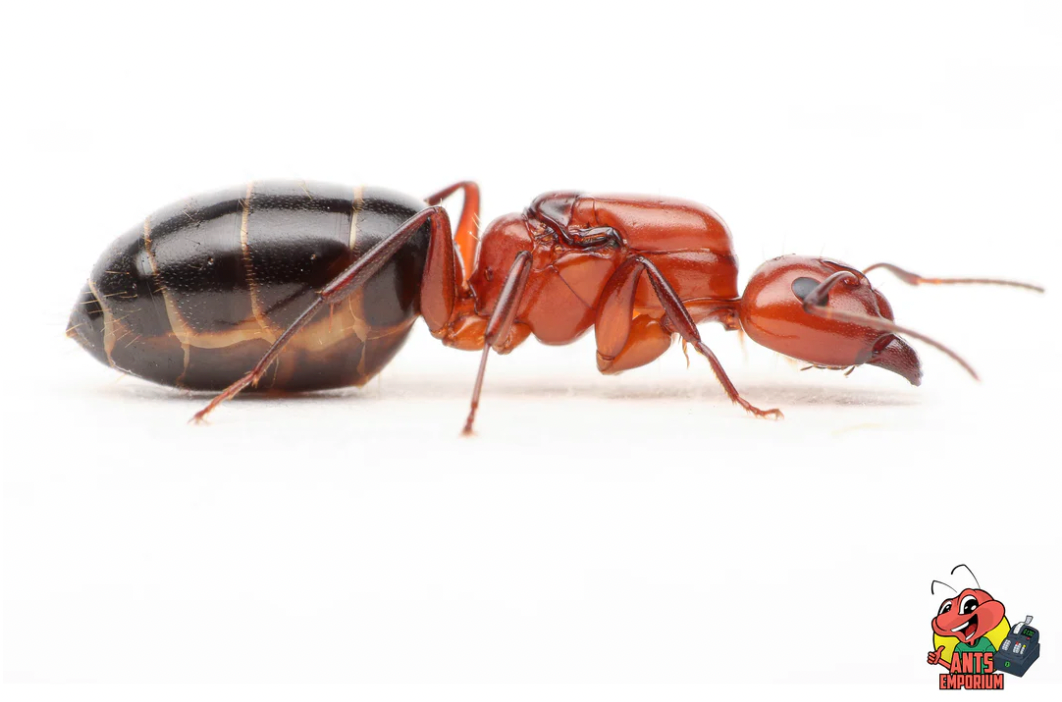
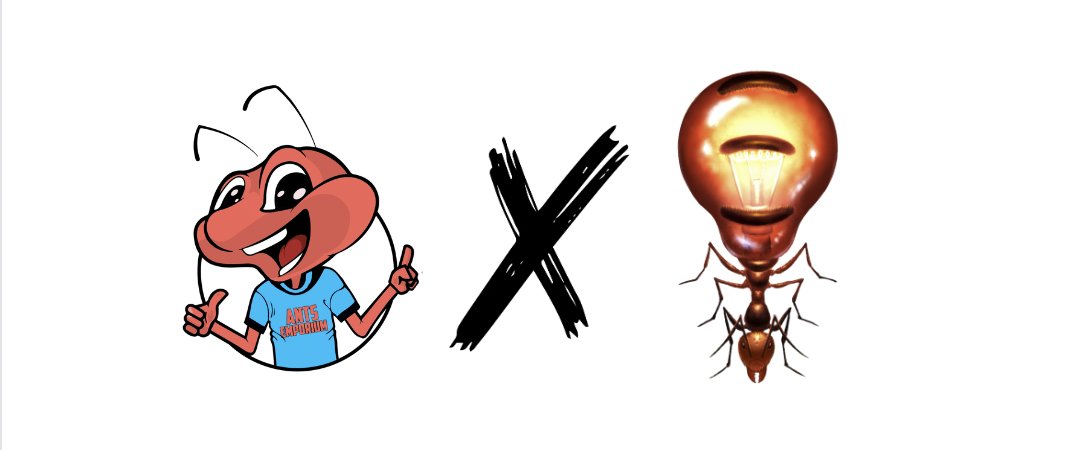
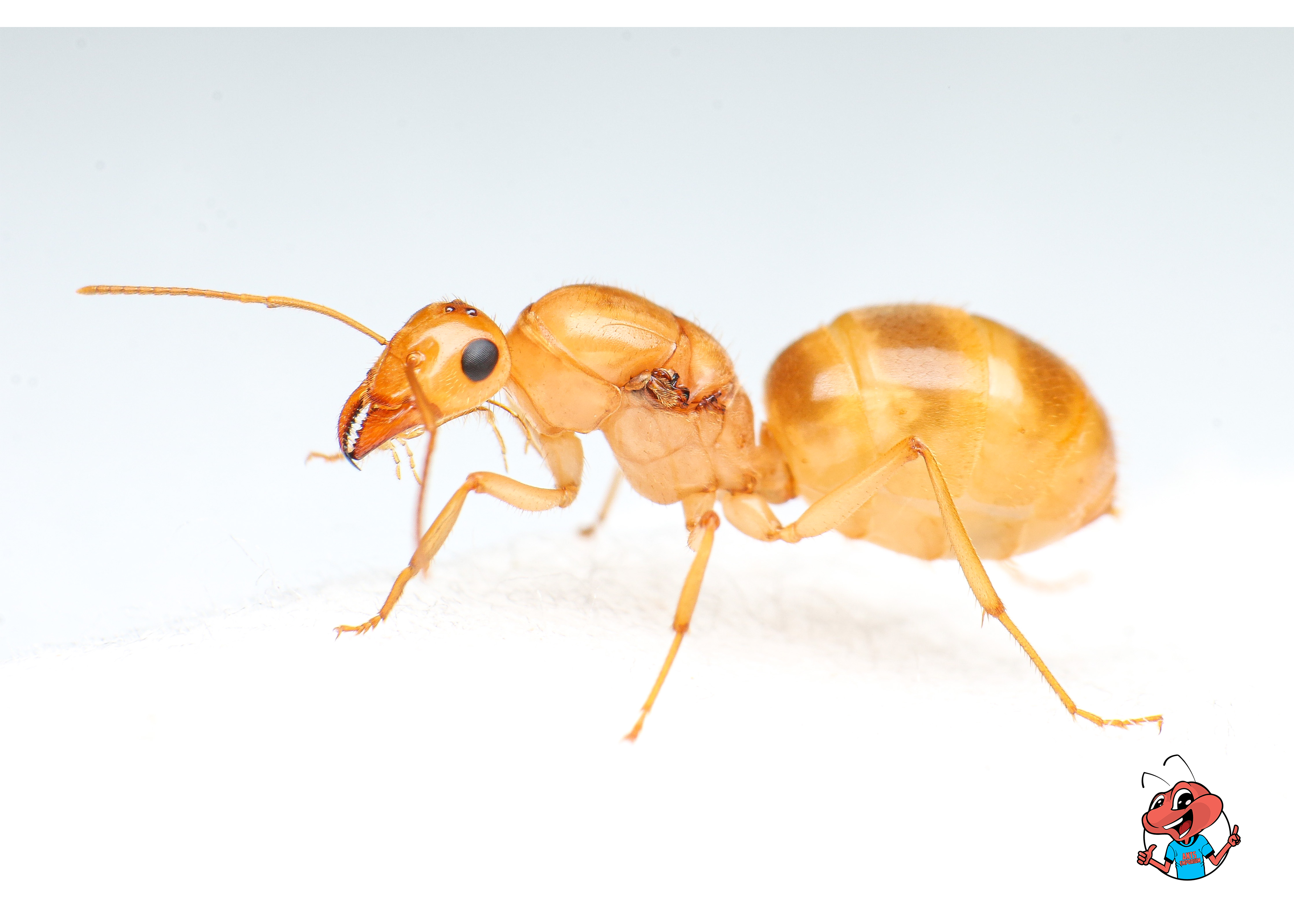
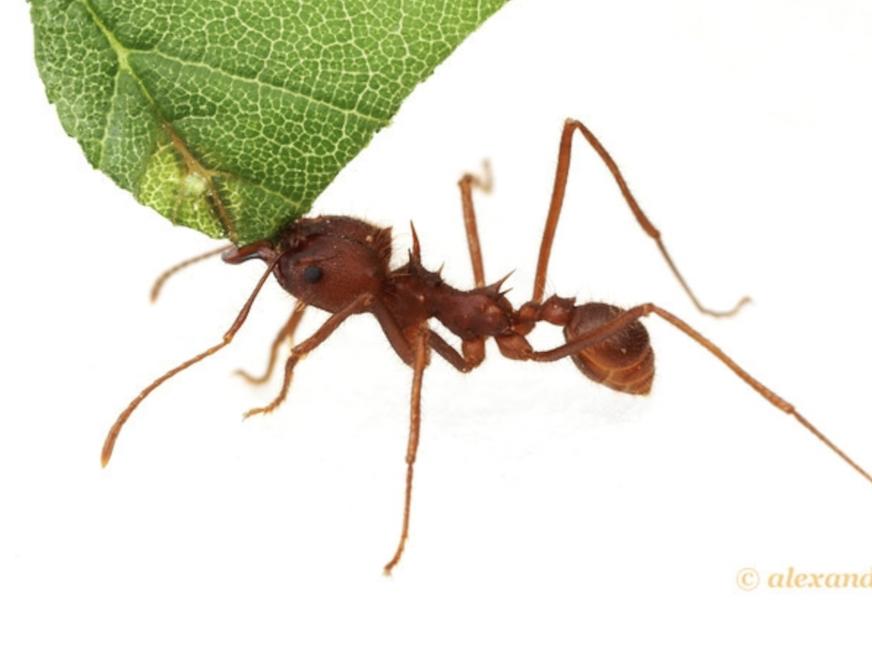
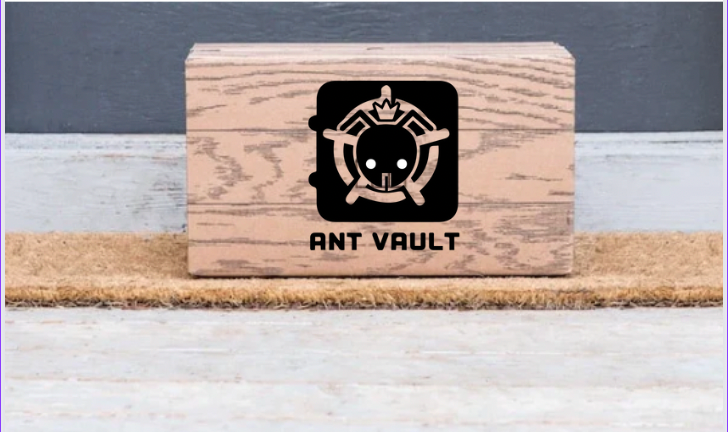


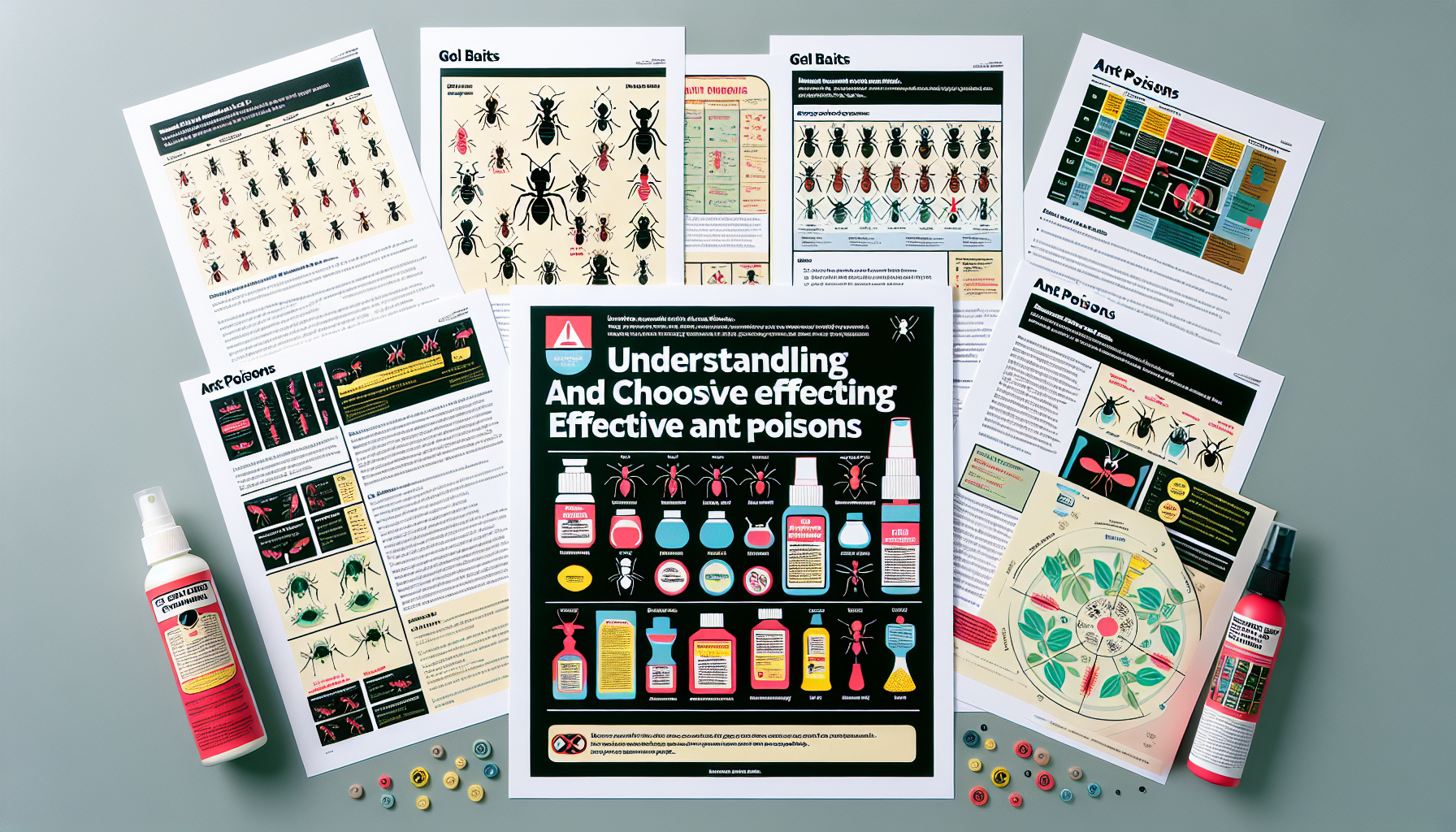
Leave a comment